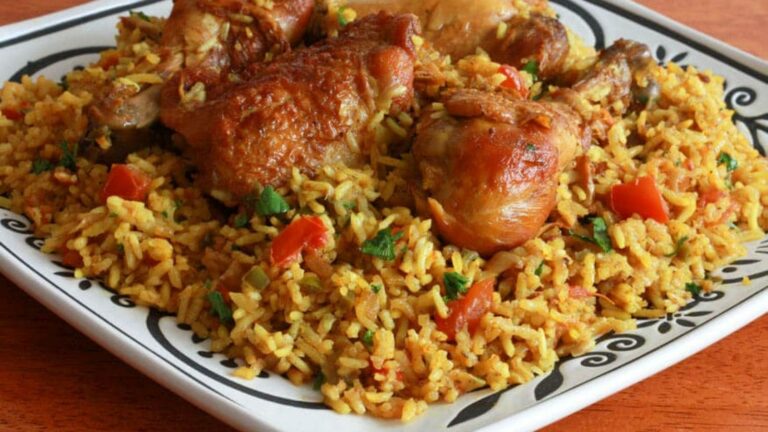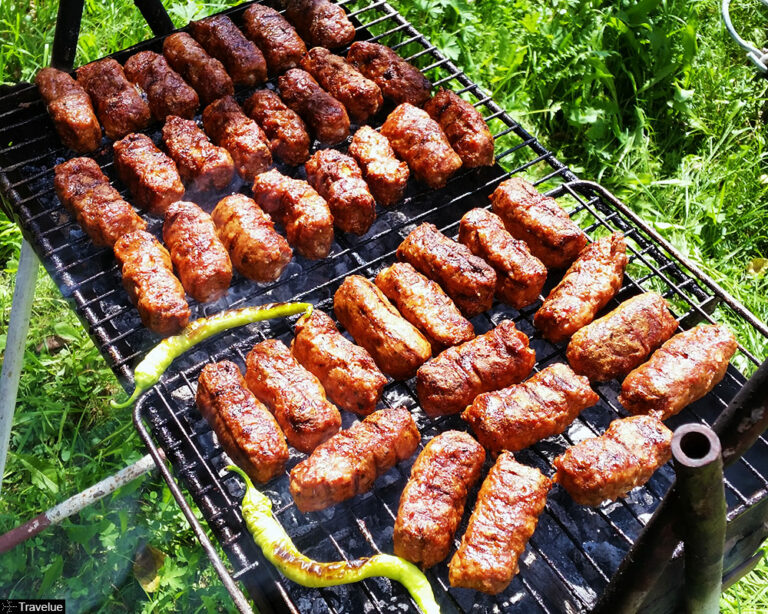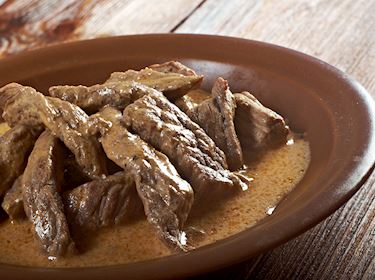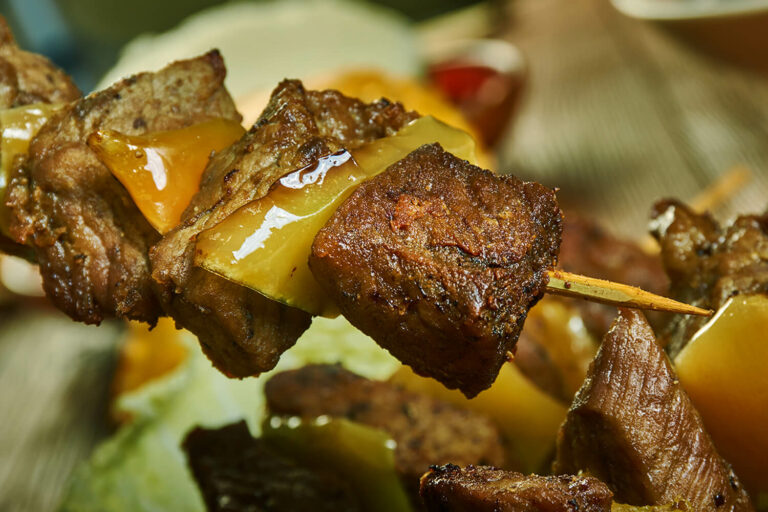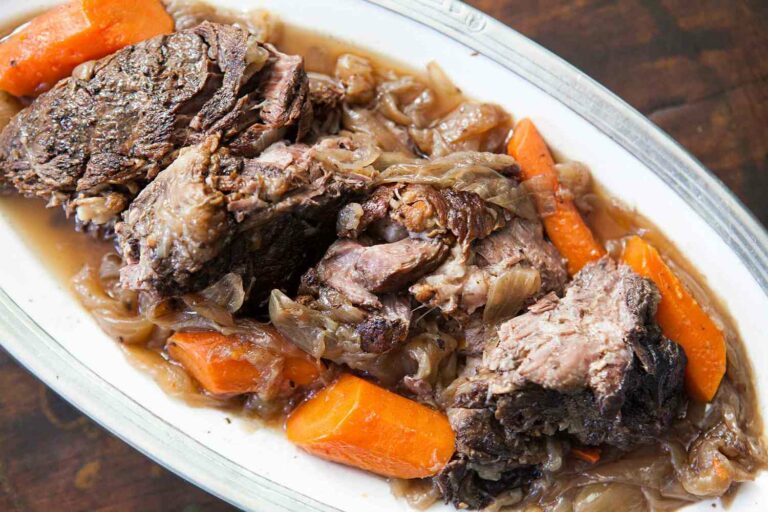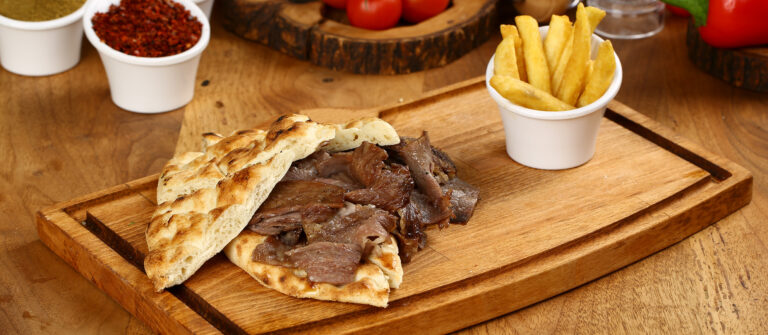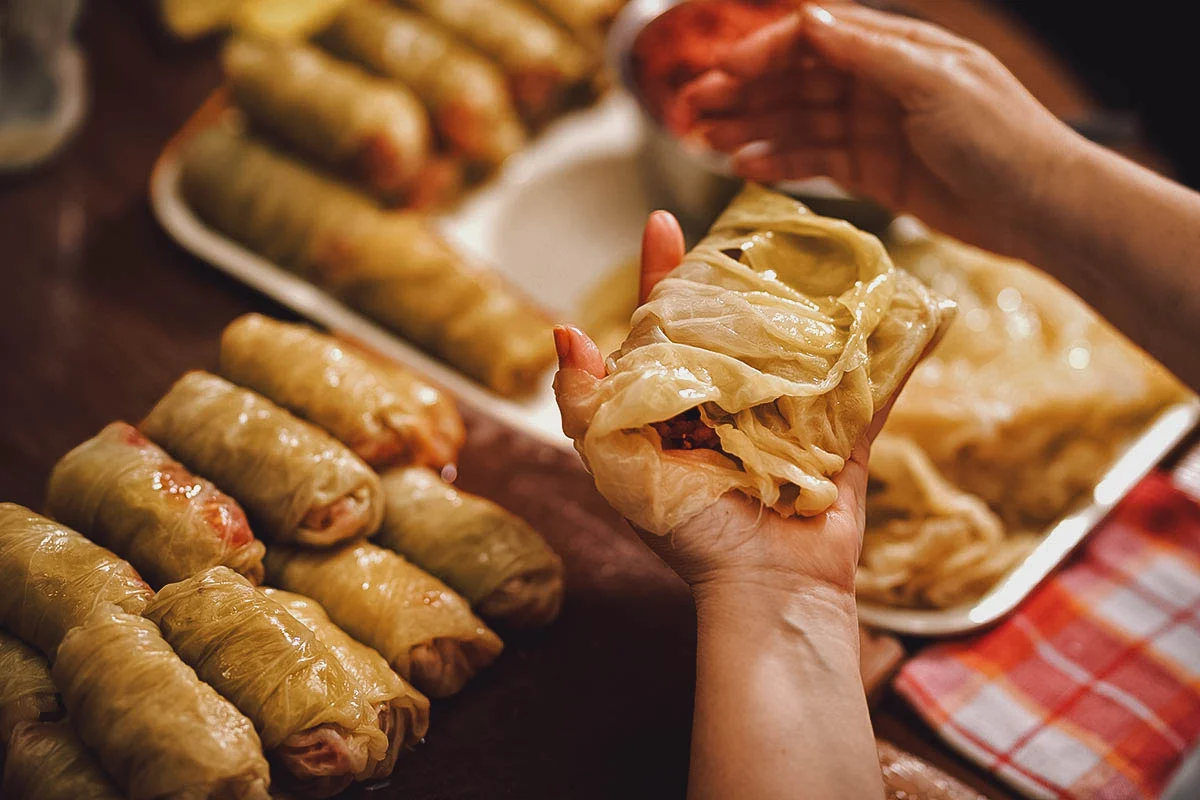Introduction: Palestinian Cuisine & Meat
Palestinian cuisine is a blend of Mediterranean and Arabic influences, with a diverse range of dishes and flavors that vary by region. While many Palestinian dishes are vegetarian or vegan, meat is also an important part of the cuisine. Palestinian meat dishes are often slow-cooked and seasoned with aromatic herbs and spices, showcasing the country’s rich culinary traditions.
The Role of Meat in Palestinian Cuisine
Meat has played a central role in Palestinian cuisine for centuries. In traditional Palestinian households, meat was typically reserved for special occasions or celebrations. Today, meat dishes are still an important part of Palestinian cuisine, with many recipes passed down from generation to generation. Meat is often used in stews, kebabs, and grilled dishes, and is typically served with rice, bread, or a variety of side dishes.
Popular Palestinian Meat Dishes
There are many delicious meat dishes in Palestinian cuisine, each with its own unique flavor and preparation method. Some popular dishes include maqluba, shawarma, and mansaf.
Maqluba: A Favorite Meat Dish in Palestine
Maqluba is a hearty meat and vegetable dish that is a staple of Palestinian cuisine. The name literally means “upside down,” as the dish is traditionally served by flipping it over onto a platter. Maqluba is typically made with lamb or chicken, along with eggplant, cauliflower, and rice. The meat and vegetables are layered in a pot and cooked together with fragrant spices like cinnamon, cumin, and cardamom. Maqluba is often served with a side of yogurt or a salad.
Shawarma: A Beloved Street Food
Shawarma is a popular street food in Palestine and throughout the Middle East. It consists of thinly sliced meat (usually chicken or lamb) that is marinated in spices and slow-roasted on a vertical spit. The meat is then shaved off the spit and served in a pita bread with vegetables, pickles, and a variety of sauces. Shawarma is often eaten on the go, making it a convenient and delicious option for busy travelers and locals alike.
Mansaf: A Meaty Celebration Dish in Palestine
Mansaf is a traditional Palestinian dish that is typically served at weddings, funerals, and other special occasions. It consists of lamb or chicken that is slow-cooked in a spiced yogurt sauce and served over a bed of rice and flatbread. Mansaf is often garnished with toasted almonds and pine nuts, and is meant to be shared among a large group of people. Mansaf is a symbol of hospitality and generosity in Palestinian culture, and is an important part of many social gatherings.




